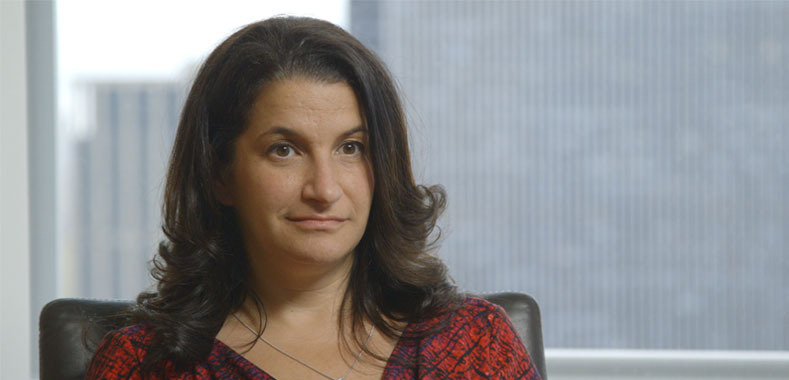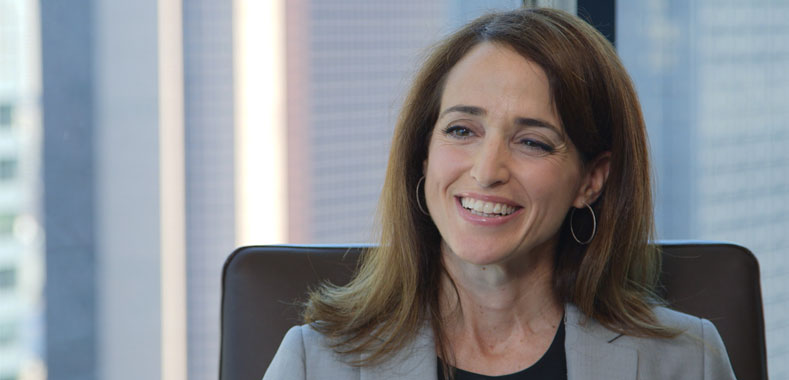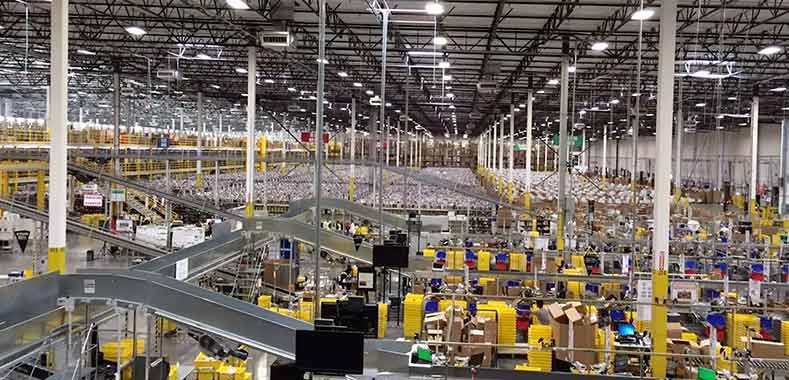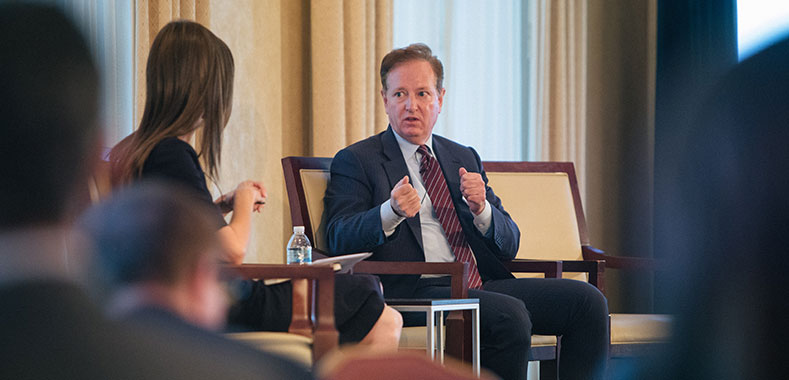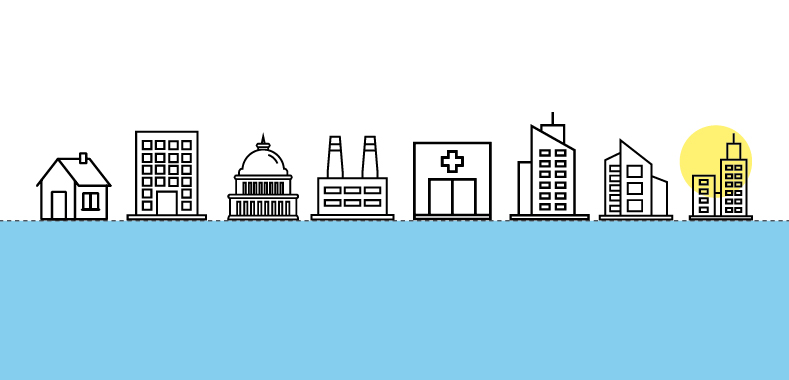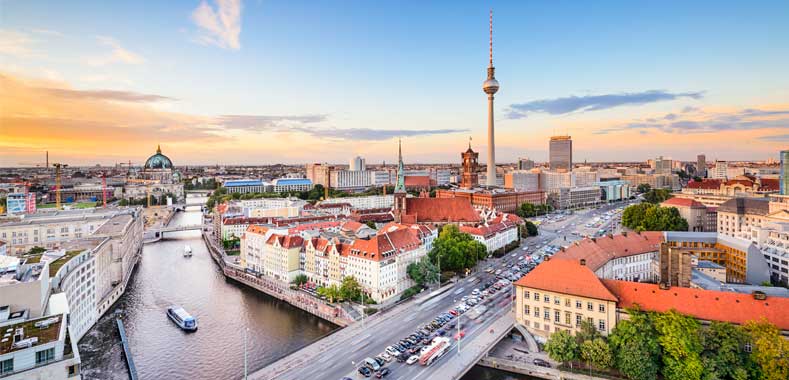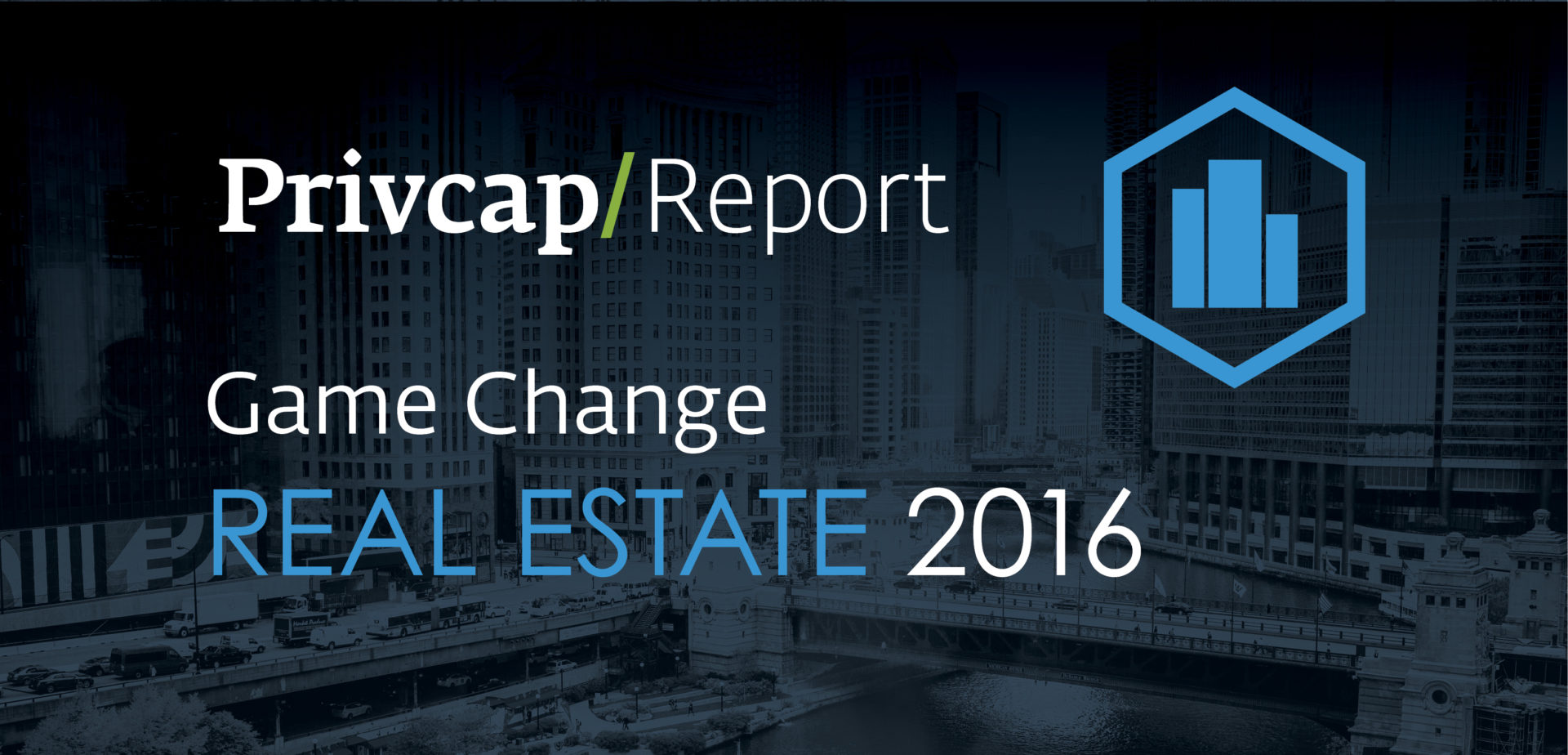Value-Add Industrial Investing
A value-add real estate investor discusses the current value–add opportunity in industrial properties.
Transcript Download Transcript
Value-Add Industrial Investing
David Snow, Privcap:
We’re joined today by Soultana Reigle, a Senior Portfolio Manager of PGIM Real Estate. Soultana, welcome to Privcap, thanks for being here.
Soultana Reigle, PGIM Real Estate:
Great, David, thank you for having me.
Snow: Let’s talk about industrial briefly. It’s a very hot sector right now. Everybody is cognizant of the fact that more and more people are shopping online, and they’re having goods delivered to them. These goods need to reside somewhere and be delivered from logistics hubs. What is the value-add opportunity in industrial?
Reigle: You know, the way we view industrial right now on the value-add side is really focusing on development. And that development could be either in the form of a big box warehouse-type space, which might be five hundred thousand to a million square feet in size or it might be a smaller infill last mile location, which for the eCommerce providers in particular that’s very interesting when they’re trying to meet a very quick delivery timeframe or even same day service. They want their distribution hubs to be as close to the population base as possible. So, I think the majority of our investment over the next few years will probably be concentrated more in the warehouse space.
I think building some of these larger parks, investing in development that might have additional land for multiple phases where you can build a park of some scale. I think it’s very interesting, especially in the capital markets environment, as well, that industrial is a favored asset class right now, and very competitive pricing and so when you have the ability to offer a large industrial park of scale, that’s newly built very modern, leased and stabilized; it’s extremely attractive, and the pricing is as competitive as we’ve ever seen it.
Snow: It sounds fairly complex to take a property that was not originally meant to be a distribution center and turn it into a distribution center that is looking towards the future.
Reigle: Yes, something that’s infill and it’s being repurposed towards a higher and better use to industrial, first of all you’re going to have some administrative challenges going through entitlement, and making sure you can get the approvals that you need to construct what you want in locations. You might have a very long time period to run that through a municipality.
You may also have environmental issues, because there may have been some other use that provided contaminants in the soil or the groundwater and you’ve got to go through a mitigation program to clean that. So that is a risk, for sure. And just overall going from the point of entry where you’re identifying the asset through the construction phase, which can be more expensive than the big box warehouse, as it could be double the cost because your land cost is higher, as well. It’s significantly riskier for a much smaller investment compared to these big box parks that you could develop.



